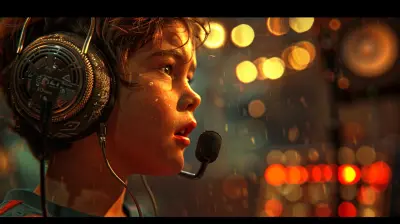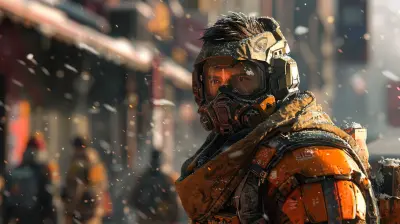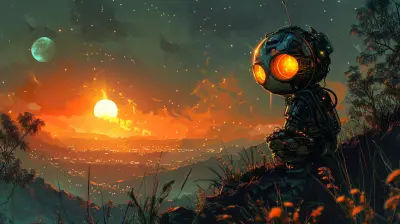Navigating the Darkness: Horror Games with Brilliant Torchlight Mechanics
25 September 2025
Let’s get real for a second. Horror games aren’t just about jump scares, creepy soundtracks, or grotesque monsters. Those things are spine-chilling, yes, but there’s something undeniably terrifying about the unknown—the dark, the void, the shadows waiting to swallow you whole. And you know what makes that fear ten times worse? When the only thing standing between you and pitch-black terror is a flickering torchlight. Oh yeah, today we’re diving deep into the creaky, cobweb-ridden world of horror games with brilliant torchlight mechanics. Buckle up and keep that flashlight close.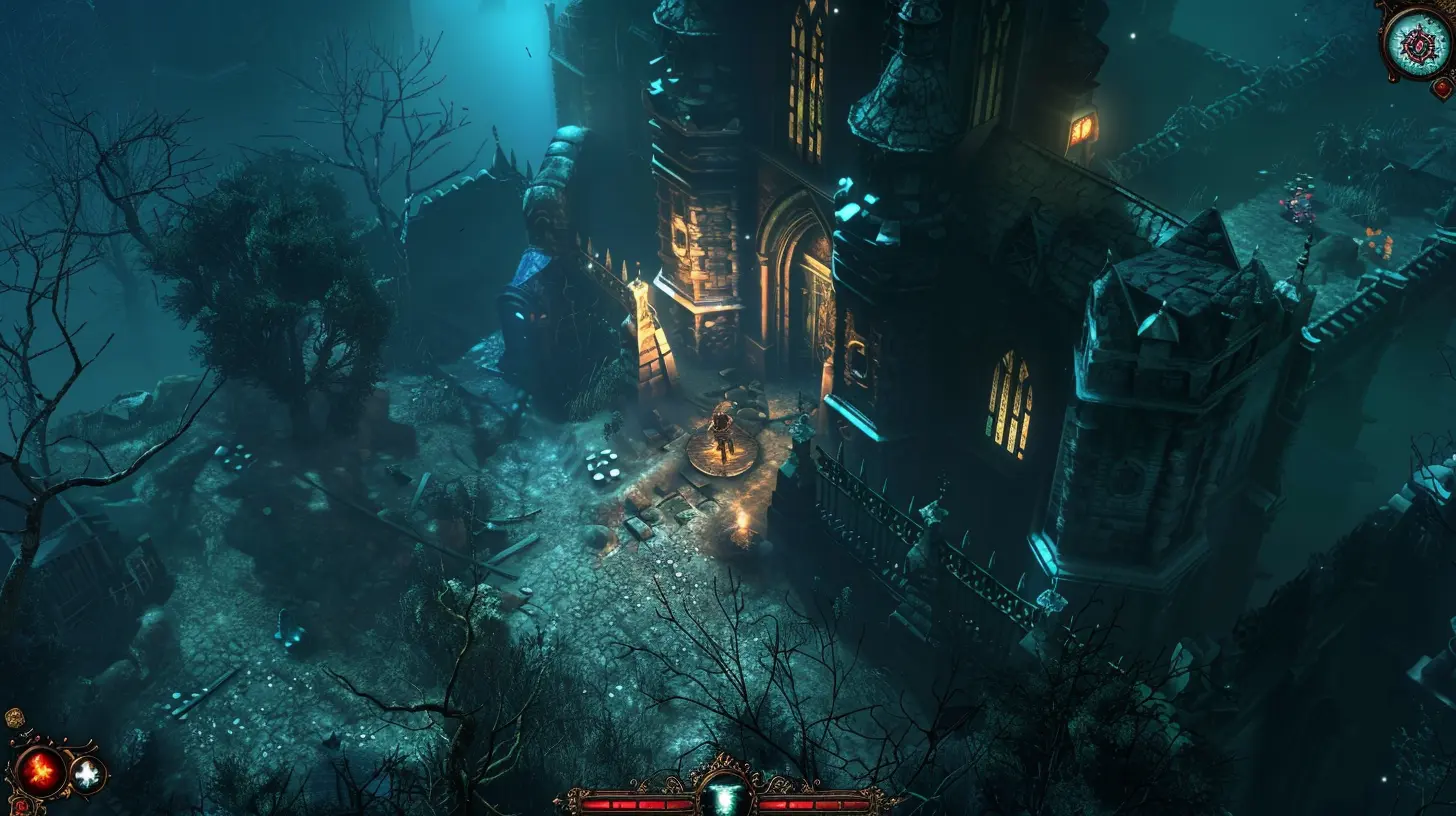
Why Torchlight Mechanics Matter in Horror Games
Before we plunge into the abyss, let’s talk about why torch mechanics are such a big deal. You see, light isn’t just for visibility—it’s psychological. A good horror game knows that your flashlight isn’t just illuminating the path; it’s your only lifeline. The beam of light often feels like your last thread of sanity in a world gone mad.Good torch mechanics dial up the tension, force tough decisions, and make survival itself feel like a delicate dance on a razor’s edge. Battery dying? Too bad. You’re walking into that haunted bunker in the dark, my friend.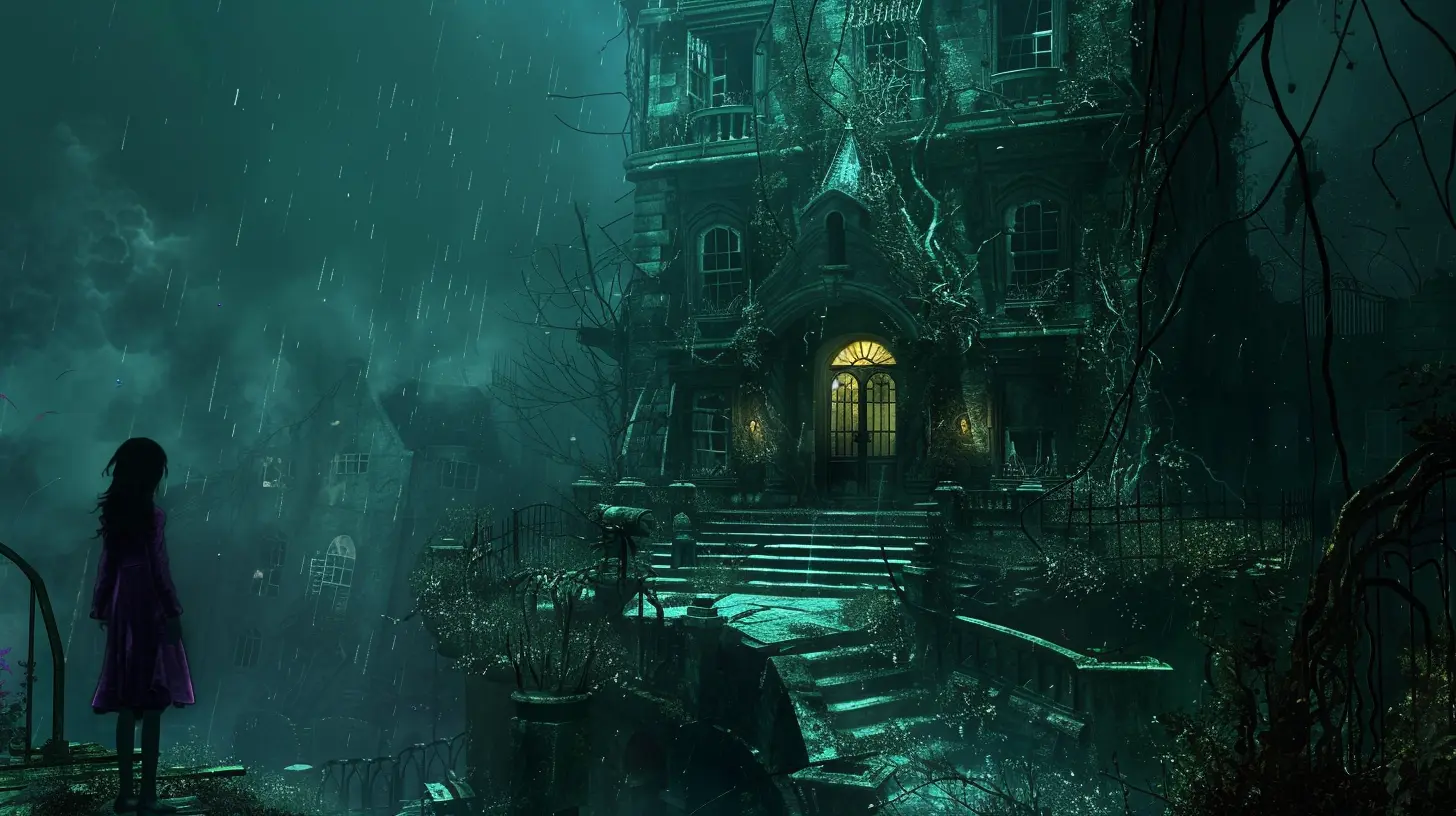
The Role of Light in Creating Fear
Think about it. In real life, darkness makes every noise scarier. When your vision’s limited, your imagination goes wild. Horror games harness this effect by using torchlight as both a tool and a trap. Light what’s in front of you, and everything behind you becomes a mystery. Turn too slow, and boom—there's that thing breathing down your neck.Games that do this right create an intense sense of vulnerability. You’re constantly balancing exploration with the risk of being caught off-guard. That, folks, is horror gold.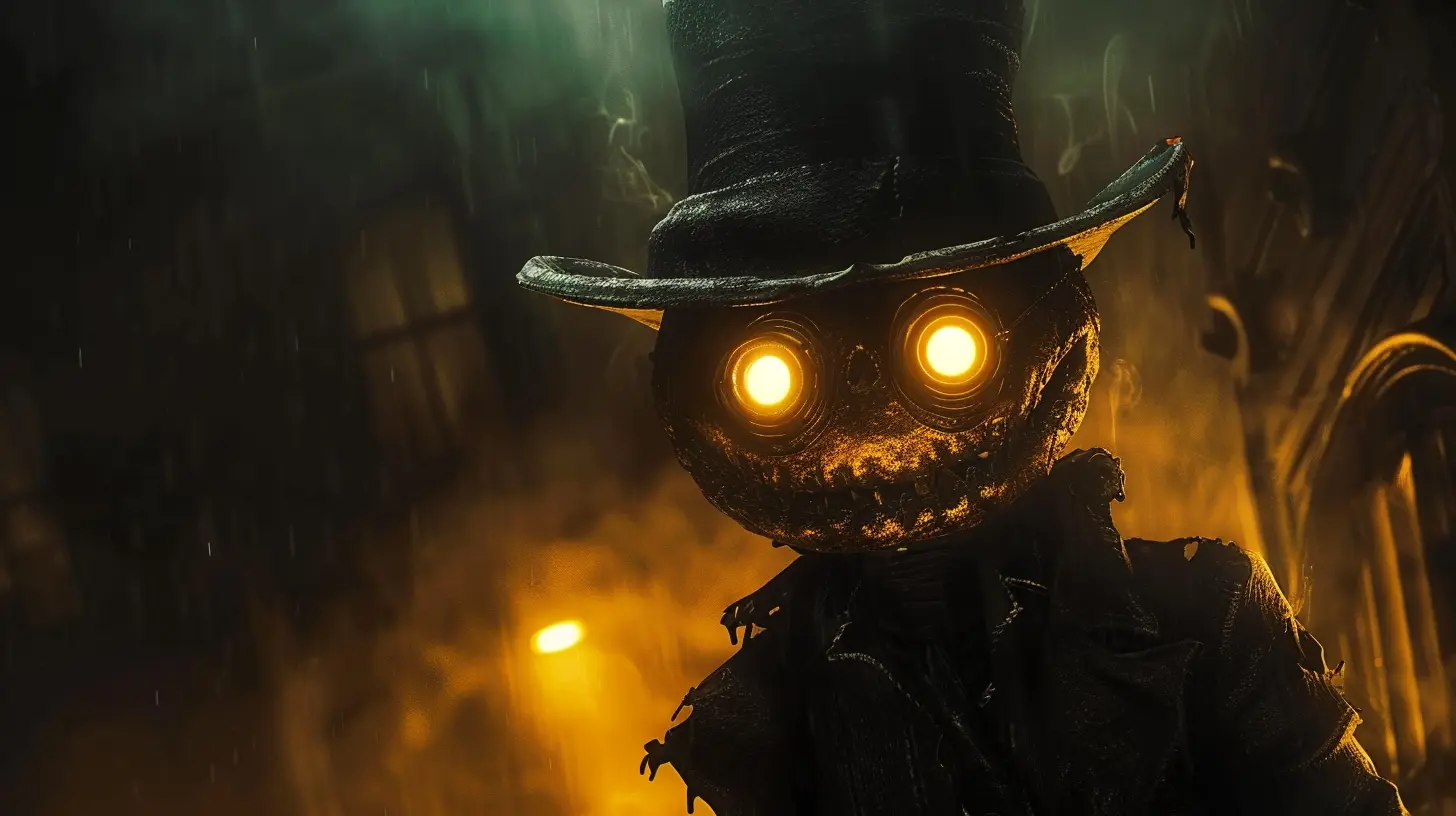
What Makes a Torch Mechanic “Brilliant”?
Let’s draw the line here. We’re not talking about generic flashlights slapped onto a character. No, we’re talking about torch systems that are integral to the game design—tools that evolve, malfunction, or even betray you.Some games use dynamic lighting to reveal story elements. Others make you manually manage your light source with limited resources, pushing you into anxiety-fueled choices. The best ones? They trap you in the dark just long enough to make your imagination implode.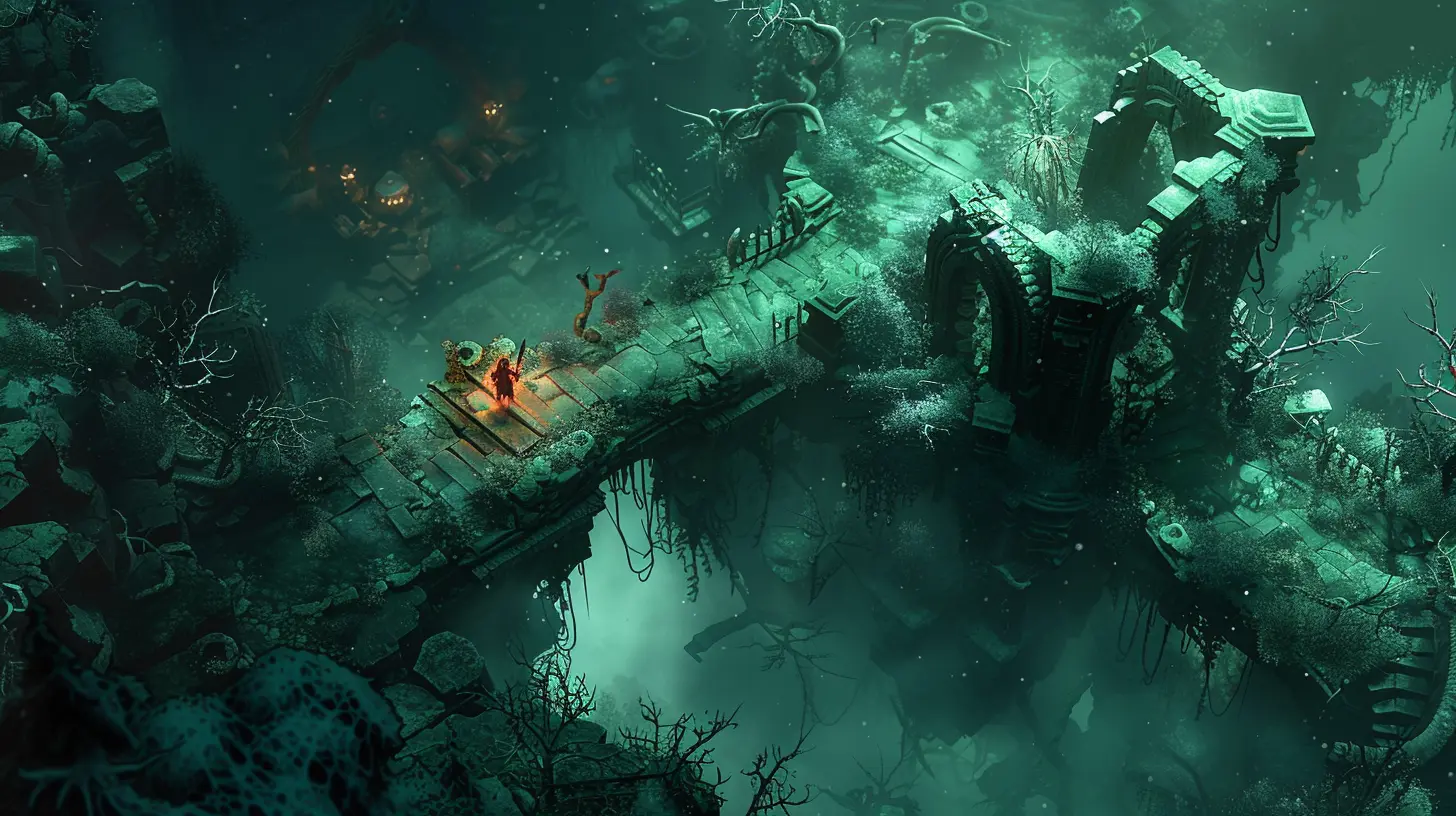
Top Horror Games That Nailed Torchlight Mechanics
Alright, now let’s shine some light (pun fully intended) on the horror games that absolutely mastered torch mechanics.1. Alan Wake
Remember the first time you pointed your flashlight at the Taken? That piercing beam of light acting like an exorcist’s holy symbol—it was exhilarating.Alan Wake doesn’t treat its flashlight as a gimmick. It’s your weapon. You weaken enemies with light before finishing them off, and that twist changes everything. Batteries become more precious than bullets. It forces you to think tactically in the thick of darkness, not just in terms of combat, but your entire strategy.
Standout Torch Element: Battery management is life or death.
2. Outlast Series
Oh man. Outlast is the king of helpless horror. No guns, no combat—just a camcorder with night vision. It’s not a torch in the traditional sense, but it plays the exact same role. And it’s terrifying.The night vision drains batteries like your phone on a bad day, so you’re constantly scavenging and weighing when to use it. Do you risk stumbling blind, or burn through another battery and possibly be empty later? That tension? Chef’s kiss.
Standout Torch Element: Night vision as a twist on traditional lighting mechanics.
3. Amnesia: The Dark Descent
This is the OG mind-bending descent into madness. In Amnesia, your lantern gives you light, but it also consumes precious oil. And when you’re in the dark too long? Your sanity drops.That’s a mechanic that adds layers—you're not just fighting monsters, you’re fighting your own crumbling mind. Light becomes a resource and a shield against the psychological horror.
Standout Torch Element: Light as a sanity anchor.
4. The Forest
In this open-world survival horror, you explore a cursed island pretty much crawling with mutants. You have lighters and torches, but they’re far from reliable. The lighter provides a dim glow—just enough to make shadows dance and nerves fray.Things get real when you realize that light attracts, not repels. Set a fire to see your surroundings? Good luck with the cannibals flocking to it. It creates this wild push-pull between security and exposure.
Standout Torch Element: Light becomes a double-edged sword.
5. Resident Evil 7: Biohazard
RE7 brought horror back to the franchise with a vengeance, and the lighting played a starring role. You’re dropped into the Baker estate and must navigate using whatever scraps of light you can find—dim lamps, flickering bulbs, and yes, the occasional flashlight.But what makes RE7 brilliant is how it uses lighting as direction. You’re guided subtly without even realizing it, and the darkness is used to smash you with sudden, unexpected threats. You’re never fully safe, and the light doesn’t always save you.
Standout Torch Element: Darkness hides moments of sheer dread and terror.
6. Darkwood
If you haven’t played Darkwood—stop sleeping on it. This top-down, atmospheric horror game flips the script in the best way possible. The line of sight mechanic means you only see what your character sees, and your torch’s cone of light becomes your window to survival.At night, it gets brutal. You build barricades, set traps, and pray that your rickety light doesn’t go out. Darkness roils just outside your vision, and it genuinely feels like something is always watching.
Standout Torch Element: Directional lighting with unforgiving darkness.
Emerging Trends in Torch Mechanics
We’re in a golden age of horror creativity, and torch mechanics are evolving fast. Here are a few innovative trends popping up in newer titles:🔋 Dynamic Light Sourcing
Games are pushing beyond static flashlights. Think of mechanics where light reflects off mirrors or refracts through fractured glass, turning your surroundings into a light puzzle. The Light Keeps Us Safe plays with this by having you weaponize beams, turning darkness into an enemy to be manipulated.🧱 Environmental Lighting
Some games allow you to manipulate the environment—light candles, break open walls for sunlight, or throw flares that bounce light off surfaces. These mechanics make you engage with your space more intimately, and you start analyzing every shadow like it’s a riddle.🔥 Flame-Based Lighting
Matches, torches, and candles add a ticking clock to your illumination. Whether it’s blowing out in the wind or slowly burning down, flame-based light is unpredictable. A Plague Tale: Innocence uses this beautifully, where keeping a torch lit is your only protection against ravenous rats.How Torch Mechanics Affect Player Psychology
There’s a reason flashlight mechanics hit so hard—they tap into something primal. Take away the light, and our brains fill in the blanks. What’s in that corner? Was that a shadow or something moving? Your heartbeat races, your breathing shortens, and suddenly you’re counting every step.Good torch mechanics build suspense organically. They create a sense of controlled helplessness, where you feel equipped but still vulnerable. It’s a delicate balance, and when done right, it's absolutely terrifying.
How to Spot a Game with Great Torchlight Mechanics
So how do you know if a horror game has legit torchlight mechanics and not just a tacked-on flashlight? Look for these signs:- Light is limited and must be managed
- Lighting affects gameplay, not just mood
- Darkness carries real consequences
- You feel safer with light—but only barely
- There’s risk and reward in how and when you use it
When the torch becomes a central gameplay element, not just a cosmetic afterthought, that’s when you know you’re in for a good scare.
Final Thoughts: Keep That Torch Lit
Let’s face it—without light, horror games wouldn’t be nearly as gut-wrenching. It’s the interplay between illumination and shadow that elevates the fear factor. Brilliant torchlight mechanics aren’t just bells and whistles—they’re the spine of immersive horror. They make every hallway a gauntlet, every creak a potential death knell, and every flicker of light a fragile hope.So next time you're in a horror game and your torch starts to flicker… brace yourself. The darkness isn’t empty. It’s waiting.
all images in this post were generated using AI tools
Category:
Horror GamesAuthor:

Aurora Sharpe
Discussion
rate this article
1 comments
Nyxaris Richardson
In a realm where shadows breathe and whispers linger, torchlight serves as both a guide and a trap. Each flicker unveils secrets, yet obscures the lurking terror. Ready your flame, for the darkness holds more than just fear—it guards forgotten truths.
October 6, 2025 at 2:37 AM

Aurora Sharpe
Thank you for your poetic insight! Indeed, torchlight mechanics in horror games brilliantly balance revelation and suspense, making every exploration both thrilling and treacherous.
